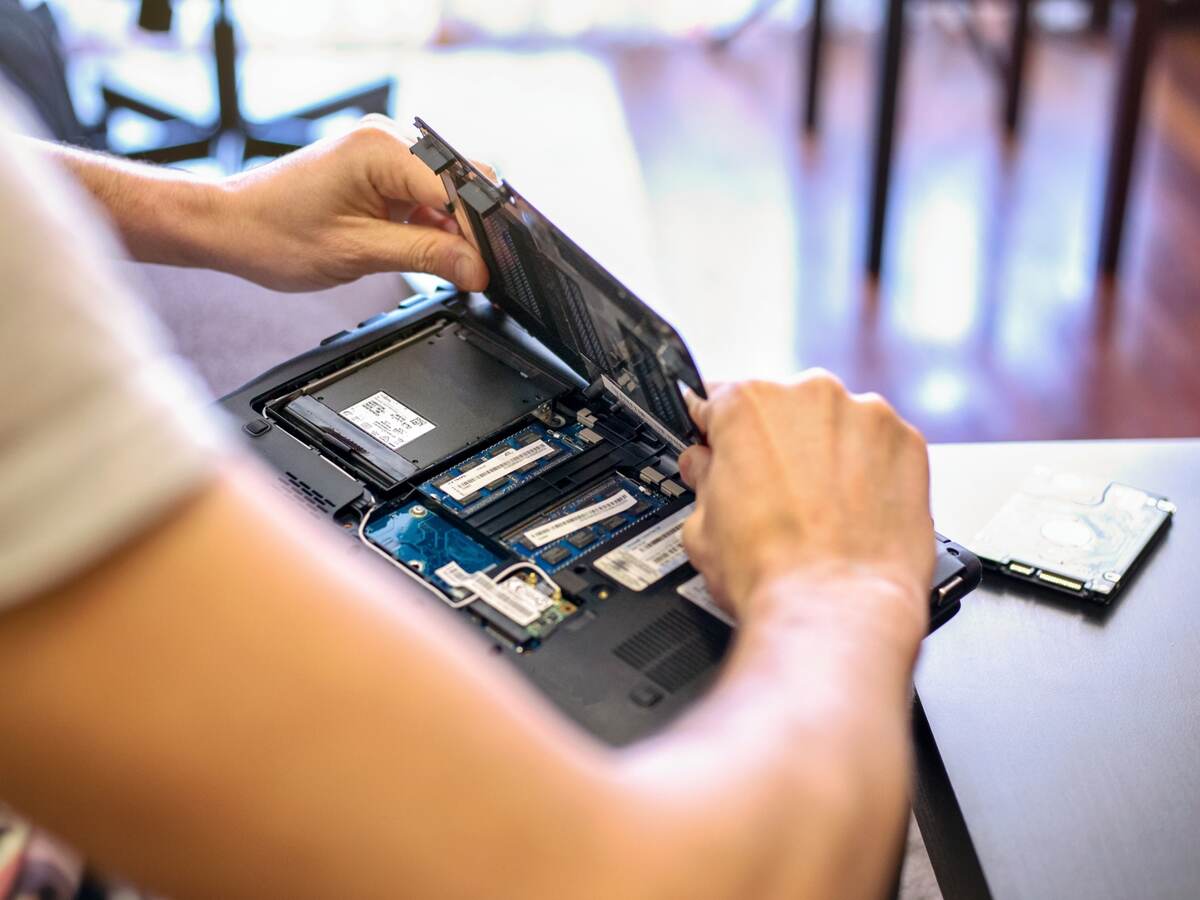by Pawel Ciuba, UL’s staff engineer, Consumer, Medical and Information Technologies group
The electronics industry has been facing the tremendous challenge of a components shortage, creating significant disruption to supply chains. According to the Electronic Component Industry Association (ECIA), an organization that provides resources and data analysis for the electronic industry regarding the supply chain of electronic components, lead times for some critical components dramatically increased at the end of 2021.1
Battery manufacturers must wait several months for delivery after ordering components, e.g., semiconductors and battery cells, to manufacture their products. The rate at which lead times lengthened was unprecedented before the COVID-19 pandemic.2
At the same time, the demand for lithium-ion (li-ion) batteries has risen sharply due to the automotive industry’s shift to electric vehicles as well as surging demand for battery-operated consumer electronics and household appliances.
The importance of preparing for supply chain disruption
Component shortages may disrupt new product development, increase costs, extend the R&D cycle and postpone product launches worldwide. Therefore, supply chain disruptions can be profoundly disruptive during the design and planning processes. Battery manufacturers should be prepared with contingencies to mitigate the associated risks by quickly adapting to the new situations.
A common practice is to use a universal design of printed circuit boards to provide room to replace current components with alternative parts from other suppliers. For example, testing and certification of several product versions using alternative components can help mitigate the risk of supply chain disruption.
To address the issues of component shortages, battery manufacturers need a reliable partner and expert in battery testing and certification.
Battery testing and certification solutions can help address component shortage issues
Modifying construction or introducing component changes or alternates into a battery product may allow a manufacturer to use alternative battery components. These changes may result in the need for reevaluation or additional evaluation to requirements in applicable standards.
The worldwide shortage of the widely used microchips that battery manufacturers employ to create complex protection circuits for battery cells continues to affect the battery industry. Manufacturers may consider alternative chips and sources of cells and submit several battery variants for certification, evaluating all of them within a single project to save time. Manufacturers can save overall costs by reducing the number of samples and choosing a combined evaluation to UL 62133, the Standard for Secondary Cells and Batteries Containing Alkaline or Other Non-Acid Electrolytes - Safety Requirements for Portable Sealed Secondary Cells, and for Batteries Made From Them, for Use in Portable Applications, and IEC 62133, which requires no additional testing.
Manufacturers having difficulties getting IEC 62133-1 or IEC 62133-2 certified cells may ask UL to conduct a combined evaluation of battery and cells.
If UL certified cells according to UL 62133-1 or UL 62133-2 are not available, UL may propose an evaluation of the cell as an Unlisted Component according to UL 62133-1 - Part 1: Nickel Systems or UL 62133-2 - Part 2, Lithium Systems, establishing a separate UL unlisted component report for cells. Cells certified to UL 1642, the Standard for Lithium Batteries, are acceptable instead of UL 62133-2 certified cells. Similarly, cells certified to UL 2054, the Standard for Household and Commercial Batteries, are acceptable instead of cells certified to UL 62133-1.
Keep in mind that the alternative designs might require transportation testing. Lithium batteries (lithium-ion and lithium metal), both primary and secondary, are fully regulated dangerous goods when subject to transport and prepared under Section IA, IB, or Section II International Air Transport Association (IATA) regulations. Therefore, battery manufacturers looking for transport testing for those batteries under the United Nations Manual of Tests and Criteria, ST/SG/AC.10/11/Rev.7 and further amendments under Subsection 38.3 should submit them for the required tests as defined under that subsection.
Alternative versions of li-ion batteries containing different types of cells or protection components, e.g., protection ICs, MOSFETs and fuses, will be subjected to the same required tests as the batteries initially evaluated.
The process of battery testing and certification does not have to daunting, as these case studies of UL customers demonstrate:
Case study 1
The main microcontroller integrated circuit (IC) type A was used in the battery management system (BMS) since the initial evaluation of the battery in 2010 was unavailable. So, the manufacturer decided to use a different version of the same microcontroller, type B, but in a different surface mount device (SMD) ball grid array (BGA) package. The printed circuit board (PCB) layout has to be redesigned to accommodate the different IC packages. After successful verifying the battery technical documentation, the original and new schematic diagrams, and PCB layouts, UL determined that the redesigned version could be added to the existing UL Certification and CB Test Certificate and Test Report with no additional testing.
Case study 2
Three versions of a li-ion battery pack were designed and manufactured. Each version had the same mechanical construction and BMS protection, but each was equipped with a different type of li-ion cell (cell A, cell B, cell C). Each battery variant had to be tested according to tests T.1, T.2, T.3, T.4, T.5 and T.7, which are typical transportation testing criteria per UN 38.3. Additional cell tests T.6 and T.8 for the cells not transported separately from the battery might be considered necessary.
Please note that each scenario is review with UL experts on a case-by-case basis to find the appropriate solutions based on the specific facts and circumstances.
Why UL for battery testing and certification
UL, the global safety science leader, has decades of experience in battery testing and certification. UL can support manufacturers with deep industry knowledge and technical expertise on battery testing and certification, helping overcome market challenges and gain fast access to the global market.
1The ECIA Component Lead Time Report, January 2022.
2The ECIA Component Lead Time Report, January 2022.
Get connected with our sales team
Thanks for your interest in our products and services. Let's collect some information so we can connect you with the right person.

